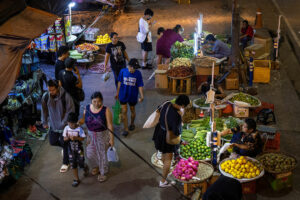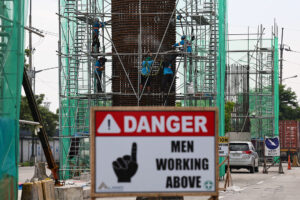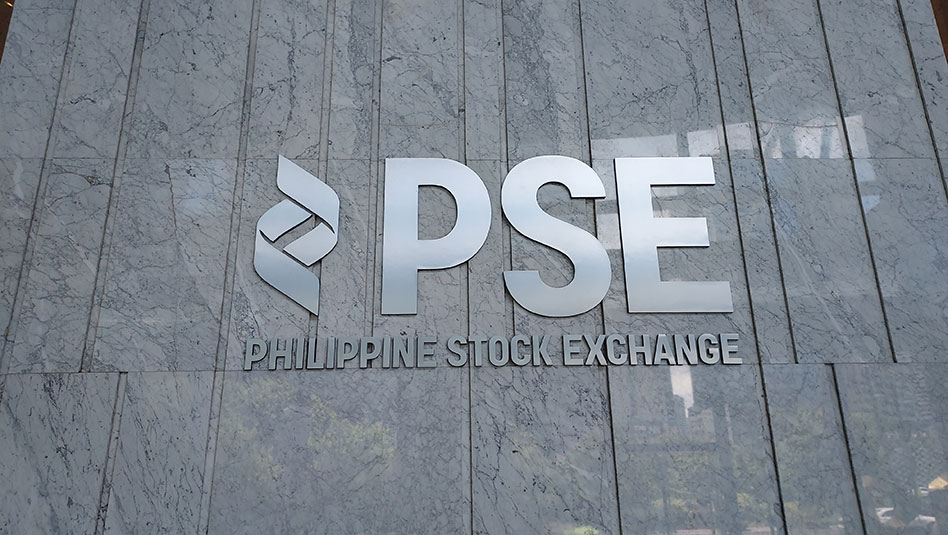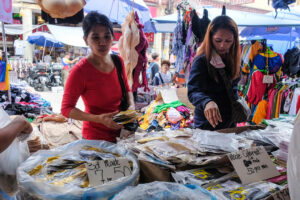The Philippine Stock Exchange, Inc. (PSE) is set to implement the lower stock transaction tax (STT) starting July 1 following the recent signing of Republic Act No. 12214 or the Capital Markets Efficiency Promotion Act (CMEPA).
“On the premise that publication of CMEPA will be completed before July 1, the STT of one-tenth of 1% shall apply to transactions through the exchange made on July 1 onwards,” PSE President and Chief Executive Officer Ramon S. Monzon said in a document dated June 11 uploaded on the market operator’s website.
Under Section 29 of CMEPA, the law will take effect on July 1, following its complete publication in the Official Gazette or in at least one newspaper of general circulation.
The CMEPA lowers the stock transaction tax to 0.1% (one-tenth of 1%) from 0.6% (six-tenths of 1%) of the gross selling price or gross value in money of the shares of stock sold, exchanged or disposed.
First Metro Investment Corp. Head of Research Cristina S. Ulang said in a Viber message that the lower stock transaction tax is seen to help the market’s development over time.
“This lowers the so-called friction cost of stock trading and that makes investing more efficient and more incentivized, helping to boost market value turnover,” she said.
Rizal Commercial Banking Corp. Chief Economist Michael L. Ricafort said in a Viber message that the CMEPA’s implementation will help boost stock market participation from local and foreign investors.
“The law will help attract more large foreign and local investors with lower stock transaction costs vis-a-vis other ASEAN (Association of Southeast Asian Nations) and Asian stock markets,” he said. “This is part of making our markets more cost competitive for transactions,” he added.
China Bank Capital Corp. Managing Director Juan Paolo E. Colet said in a Viber message the lower stock tax will be beneficial to investors.
“The lower friction cost will benefit all investors in listed stocks, but perhaps more so for traders who frequently bet on short-term price movements,” he said.
“We expect the significant reduction in the STT to boost trading activity and tighten bid-ask spreads,” he added.
The PSE said in a statement last week that the reduction of the STT is expected to boost trading activity and liquidity in the stock market, as well as the local market’s competitiveness against other foreign markets.
The local bourse had one of the highest friction costs in the ASEAN region prior to the enactment of CMEPA, the PSE said.
“CMEPA also expands the application of STT to other securities listed and traded through a local stock exchange which lends certainty to the tax regime applicable to the secondary transfer through the stock exchange of asset classes other than equities and facilitate the launch of more products in the local stock market,” it said.
“The immediate reduction of the STT to 0.1% from 0.6% is a much-awaited reform that will be beneficial to stock market investors.”
Some of CMEPA’s other provisions include the lowering of the documentary stamp tax on the original issue of shares to 0.75% from 1% and allowing employers to claim an additional 50% tax deduction for Personal Equity and Retirement Account contributions, provided they match or exceed the employee’s contribution.
On Wednesday, the main PSE index went up 0.53% or 33.65 points to 6,381.32, while the broader all shares index rose 0.47% or 17.69 points to 3,776.19.
There was no trading at the Philippine stock market on Thursday in observance of Independence Day. — Revin Mikhael D. Ochave






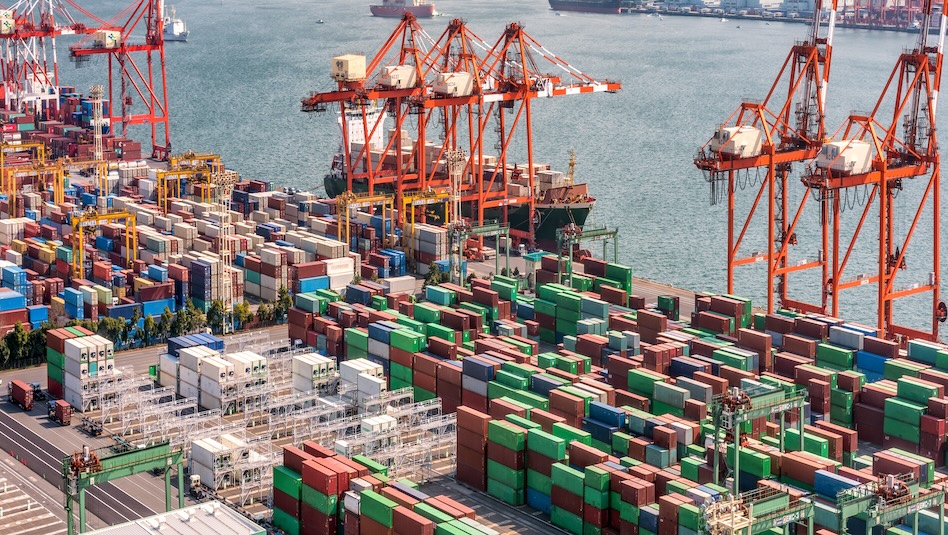
 DOWNLOAD
DOWNLOAD





